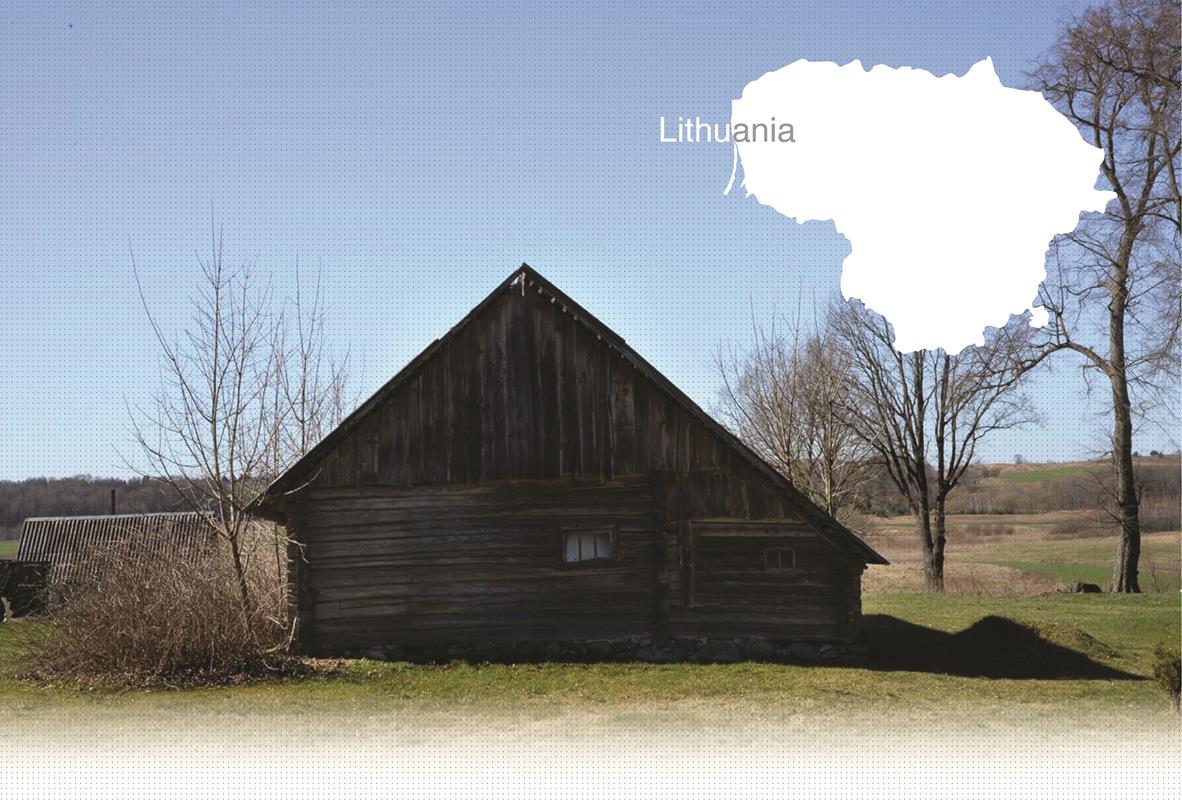

2 Killing site(s)
Stanislava Ch., born in 1925, recollects during the interview:
“During the shooting in Rainiai, the victims would be undressed and placed near the pit. Then they would be shot and fall inside the pit. Some of them fell inside still alive. The pits dug there were very large. […] One Jewish man escaped from the pit and was running through our field completely naked, without even underwear. But he was shot, anyway, and buried at the same place.” (Witness N°109, interviewed in Plepai, on October 21, 2014)
“In the beginning of August, the rumors intensified about a new Action being prepared. Two groups of women were formed for this new Action. The largest group was shot. The second one, made up of about 600 young women, was ordered to go to Telšiai in the beginning of the Action. They were divided and placed in several houses on a street that became a ghetto. At the end of December, between the Christmas and the New Year, the person responsible for Jewish affairs entered the ghetto and officially announced that the ghetto would be liquidated on Monday. On December 30-31, hundreds of women were shot. ” [Trial report of accused F.-S., made on February 3, 1956; B162-2582]
A Jewish community arose in Telšiai around the beginning of the 17th century. As it grew larger, four synagogues were built, as well as "The Great Yeshiva" and other educational institutions that made Telšiai the Torah center of the region and attracted hundreds of students from Lithuania and abroad. Accommodation for students, as well as commerce, crafts and peddling, were the main source of income for the Jews of Telšiai. However, there were also poor Jews relying on welfare and charity. In the 19th century, the Jews made up the majority of the town’s population. They numbered 4399 in 1870, but a wave of emigration was triggered by the bad harvest and famine in 1869-1872, discomfort due to persecutions and pogroms in Ukraine in the 1880s, compulsory military service for six years, the cholera epidemic of 1893 and a large fire that devastated the town in 1908. The first population census conducted after the WWI recorded 1545 Jews living in Telšiai. This number grew to 2800 by 1939, as they reconstructed their businesses and cultural, educational and spiritual life. However, sporadic disturbances and attacks against Jews occurred long before the war because of false accusations related to raping Lithuanian girls or kidnapping Lithuanian children. When the Memel district was annexed by Germany in 1939, about 7000 Jews living there fled to Lithuania, and many of them found asylum in Telšiai.
The Germans occupied Telšiai on June 25, 1941, after the bombing. Just two days later, the local Jews were forced out of their houses, lined up in columns and marched to the Rainiai manor. They were accommodated in the outhouses of the manor, along with the Jews from Varniai, Luokė, Alsėdžiai, Rietavas and other towns of Telšiai County. Jews were accused of killing 73 Lithuanian political prisoners who were shot on the last days of the Soviet occupation and buried in a mass grave in Rainiai. Once assembled in the manor, Jewish men were made to dig out the bodies, wash and rebury them. During scenes of humiliation, men were forced to kiss the corpses and lick the wounds. In the second half of July 1941, Jewish men were shot in the pits dug 300 meters away from the Rainiai Manor. The execution, conducted by Gestapo officers and local collaborators, could be clearly heard in the camp. Different sources provide different dates and numbers of victims, varying between 800 and 1500. The mass graves were not covered properly. Due to the awful smell of decaying bodies and the risk of an epidemic, Jewish women and children were transferred to another detention camp in Geruliai. There, they joined thousands of other women and children confined in six abandoned army barracks. Young women were exploited and abused by local farmers, while many children died of diseases spreading in the camp because of poor sanitary conditions. On August 30, about 600 young women and girls were selected and taken to Telšiai ghetto, while the rest of the camp inmates, between 1500 and 2000 people, were executed in Geruliai Forest. The Telšiai ghetto existed until the end of 1941. Its last inmates, about 400 women, were shot in Rainiai Forest on December 23-24. 64 Jewish women managed to survive by finding shelter with farmers or escaping to the Šiauliai ghetto.
 Read Yahad-In Unum’s report of the research trip in this area
Read Yahad-In Unum’s report of the research trip in this area
 Go to the LitvakSIG website, whose mission is to preserve Litvak heritage by discovering, collecting, documenting and disseminating information about the once vibrant Jewish community of Lithuania.
Go to the LitvakSIG website, whose mission is to preserve Litvak heritage by discovering, collecting, documenting and disseminating information about the once vibrant Jewish community of Lithuania.
Do you have additional information regarding a village that you would like to share with Yahad ?
Please contact us at contact@yahadinunum.org
or by calling Yahad – In Unum at +33 (0) 1 53 20 13 17